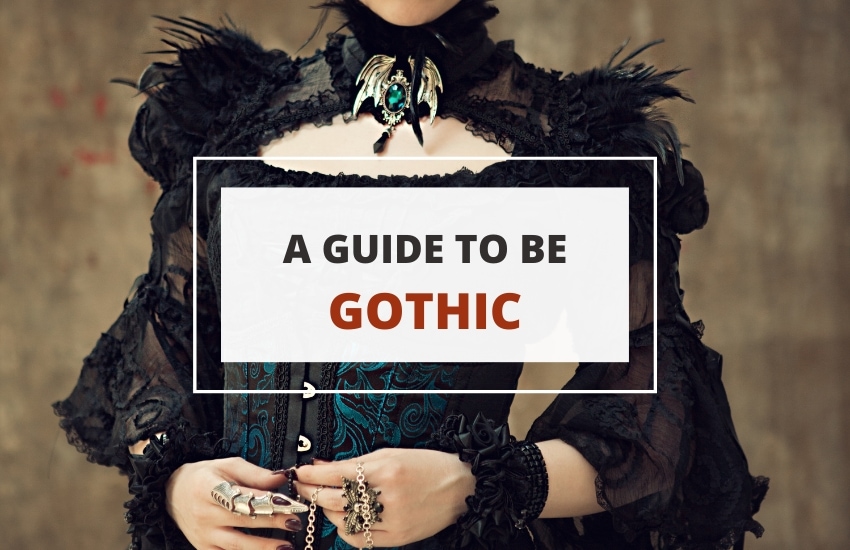
Table of Contents
To say that goths and the gothic style are “misunderstood” would be an understatement. After all, gothic is a term that refers to multiple things, and a big part of gothic fashion is precisely the focus on styles and items that are deemed out of the mainstream and misunderstood by most people.
So, what exactly is gothic, and why? Are you gothic if you’re wearing a black t-shirt and some dark eyeliner? Probably not but here’s a brief look at the history of gothic fashion, and what it means to be gothic.
What Is Gothic Historically?
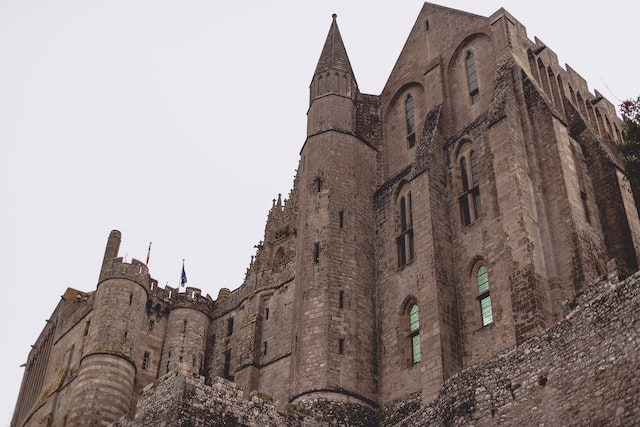
The goth tribes of the ancient world lived in central Europe around the time of the fall of Rome. In fact, what most people remember about the goths from the history books is that they were the ones that sacked Rome in 410 AD. Often just called “barbarians”, the goths lived on for quite a while after that, of course – mostly through the Visigoth and Ostrogoth kingdoms.
Ironically, while the goths are the ones that sacked Rome, they are also the ones credited with preserving Roman culture through the ages in Western Europe.
In that sense, as most historians agree that the Western Roman Empire was already doomed economically, politically, and militarily anyway by the time the goths ransacked it, it could be said that the goths just sped up the inevitable and preserved most of what was good of the Roman Empire afterwards. They adopted the artistic traditions of Rome, a lot of their architecture, and more. The Visigoths even incorporated Catholicism into their culture once they settled in Gaul, modern-day France.
Is that to say that medieval gothic architecture is actually Roman architecture – not at all.
What Was Gothic Architecture?
The term “gothic” that arose in the Middle Ages and referred to that period’s enormous castles and cathedrals was indeed named after the goths but not because they created it. In fact, by that time, both the Visigoth and Ostrogoth kingdoms were long gone.
Instead, this architectural style was called “gothic” as a sort of critique – because, even centuries after the sacking of Rome, the goths were still seen as little more than barbarians. In other words, gothic castles and cathedrals were called “barbaric” by a lot of their contemporary critics as they were seen as too big, too cumbersome, and too counter-culture.
It’s that association between goths and “being counter-culture” or “going against the mainstream” that we call modern-day goth fashion that way. But before we go to the fashion side of things, there is one more major point about the meaning of “gothic” we’ve got to address – literature and fiction in general.
What Is Gothic Fiction?
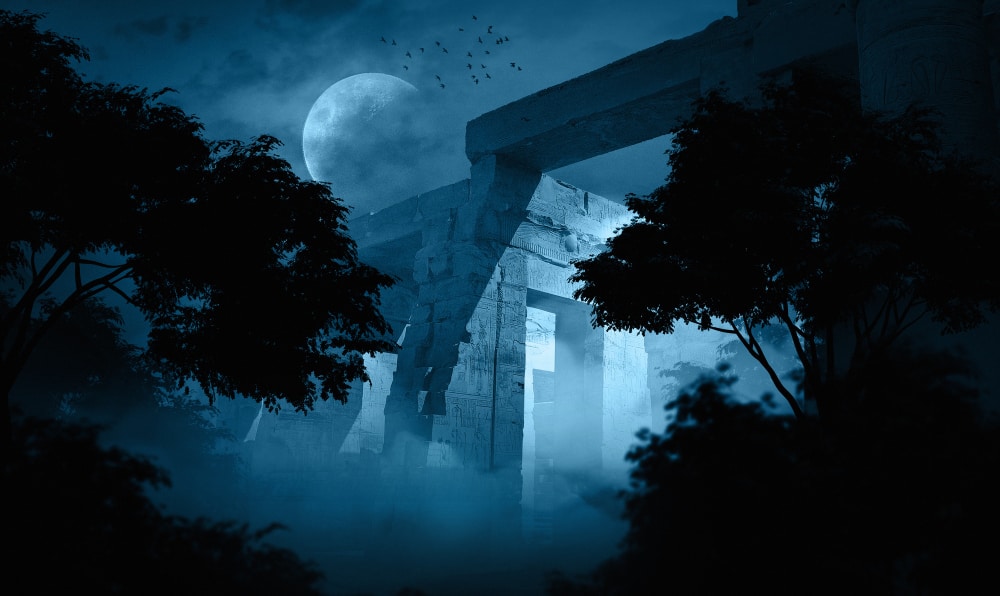
Gothic fiction, often also called gothic horror even though it doesn’t necessarily always take the form of the horror genre, is characterized by a dark atmosphere, an abundance of mystery and suspense, a slight or significant supernatural element, and – often – a setting inside and in the vicinity of a gothic castle, cathedral, and other gothic buildings.
Naturally, such elements stem from the gothic architectural style of the Middle Ages and the various feelings and ideas it has elicited in the imaginations of artists and authors. Things such as these are even known as the “elements of gothic fiction” and have even been officially labelled as such by many authors.
What Are The 10 Elements Of Gothic Fiction?
As per author Robert Harris, there are 10 key elements of gothic fiction. These go as follows:
- The story is set in an old castle or cathedral.
- There is an atmosphere of suspense and mystery.
- The story revolved around an ancient prophecy.
- The main characters are plagued by visions, omens, and portents.
- There are lots of inexplicable supernatural events.
- The characters are a bit overemotional most of the time.
- Gothic fiction traditionally features women in distress.
- Strong and tyrannical male figures lord over most of the people in the story and are demeaning to the women in particular.
- The author uses various metaphors and metonyms to imply doom and gloom in every scene.
- The very vocabulary of the story is one that implies darkness, urgency, sorry, mystery, terror, and fear in every description or line of dialogue.
Obviously, there are variations to this formula, and not every piece of gothic fiction must hit every point. Writers, movie directors, and other artists have gotten even better and more imaginative with time, and they’ve discovered many innovative ways to blend the gothic style with other genres so that certain pieces of fiction are mixed with the gothic style, have “gothic nuances”, and so on.
What Are Gothic Culture, Fashion, And Style?
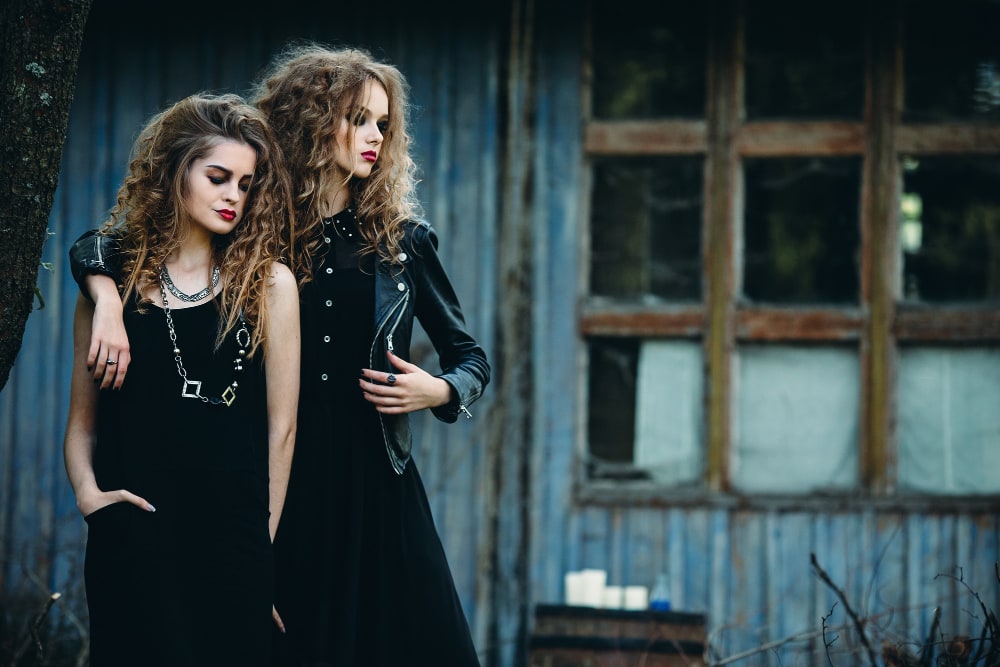
Onto culture and fashion – if gothic fiction is directly inspired by the old gothic art and architecture from centuries ago, does that mean that so is the goth fashion style?
Yes and no – a lot of goth fashion is clearly inspired by old gothic architecture and art, with medieval notes and metal ornaments frequently added to any piece of goth clothing.
What truly makes goth fashion what it is, is the fact that it’s counter-culture. That is why it shares the name with its centuries-old architectural predecessors and that’s why goth fashion also changes over time – it shifts as the culture it goes counter to shifts as well.
In fact, today there are types of goth fashion that don’t even necessarily include the signature high black leather boots, the occult talismans and jewelry, or the black dresses.
Types Of Goth Fashion
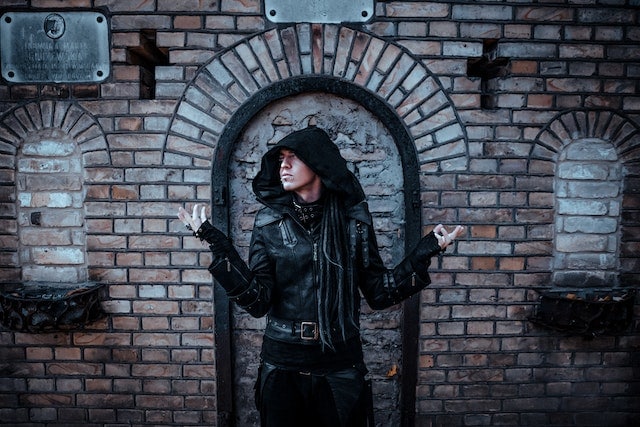
Of course, we can’t possibly count all types of goth fashion styles today as, especially if you follow the industry close enough, there are new styles and sub-styles popping up almost daily. Still, there are some types of goth fashion that have become big enough to not be mentioned:
1. Classic goth
This style has become so infamous and widespread that it’s almost difficult to call it counter-culture now, especially in some circles. Yet, the black leather and occult aesthetic are still more than unsettling enough for the more conservative audiences to make the classical goth style counter-culture.
2. Nu-goth
Exactly what it sounds like, Nu-goth is seen as the revival of the goth style and culture. It shares a lot of the vision and influences of its classical predecessor but it builds upon it with newer genres and styles that still fit with the dark introspective nature of the original.
3. Pastel goth
This is a fascinating blend between goth designs and occult aesthetics with sweet pastel colors and elements, the Japanese Kawaii aesthetic, and a touch of Bohemian chic. Pastel goths are colorful, beautiful, child-like, captivating, and yet distinctly goth at the same time.
4. Gurokawa goth
The “grotesquely cute” goth style, as this Japanese word translates to, is sometimes confused with the pastel goth in that it also employs adorable pastel pinkish colors. The focus of the Gurokawa or Kurokawa, however, is much more on the grotesque side of things, with the “cuteness factor” usually being there only to emphasize the former.
FAQs About Gothic
This adjective describes something that’s characterized by horror, gloom, darkness, and mystery. This can be in architecture, literature, fashion, or some other form.
The Goths followed a form of paganism before they were converted to Christianity.
A person who follows a free-thinking ideology and freedom of expression, with a general tendency to identify as counterculture is considered a Goth.
Wrapping Up
The one word that unites all meanings of gothic is “counter-culture”. From the original goth “barbarians” that ransacked Rome and ended one of the largest and most infamous Empires in the world, through the medieval cathedrals and castles that went so against everything people were used to that they were called gothic/barbaric. From the horror literature and fiction of the 20th century, and to the art and fashion style of goths today – all of these different and seemingly unrelated things are united not just by their name but by the fact that they went against the dominant culture of their time and carved a place for themselves in the zeitgeist.








